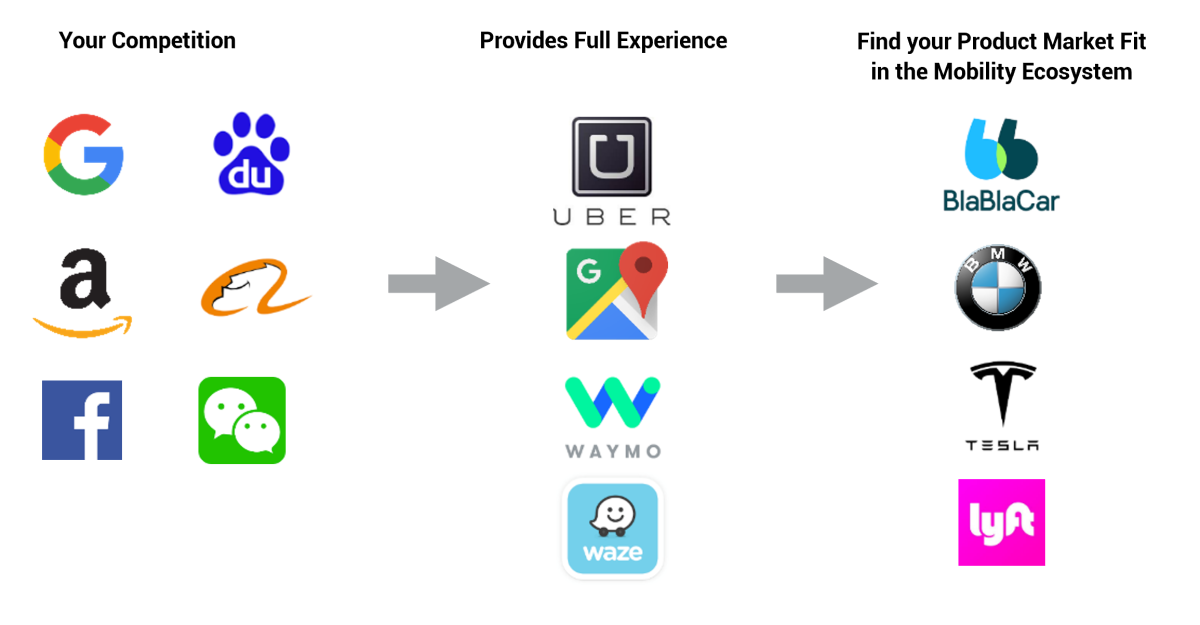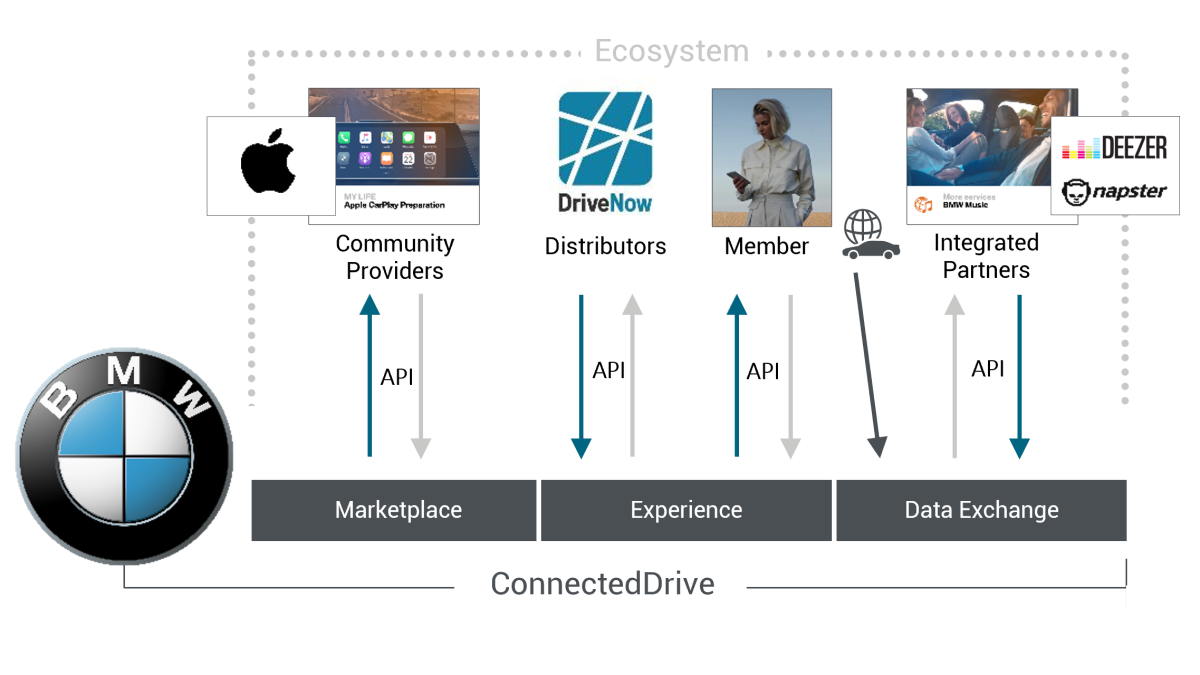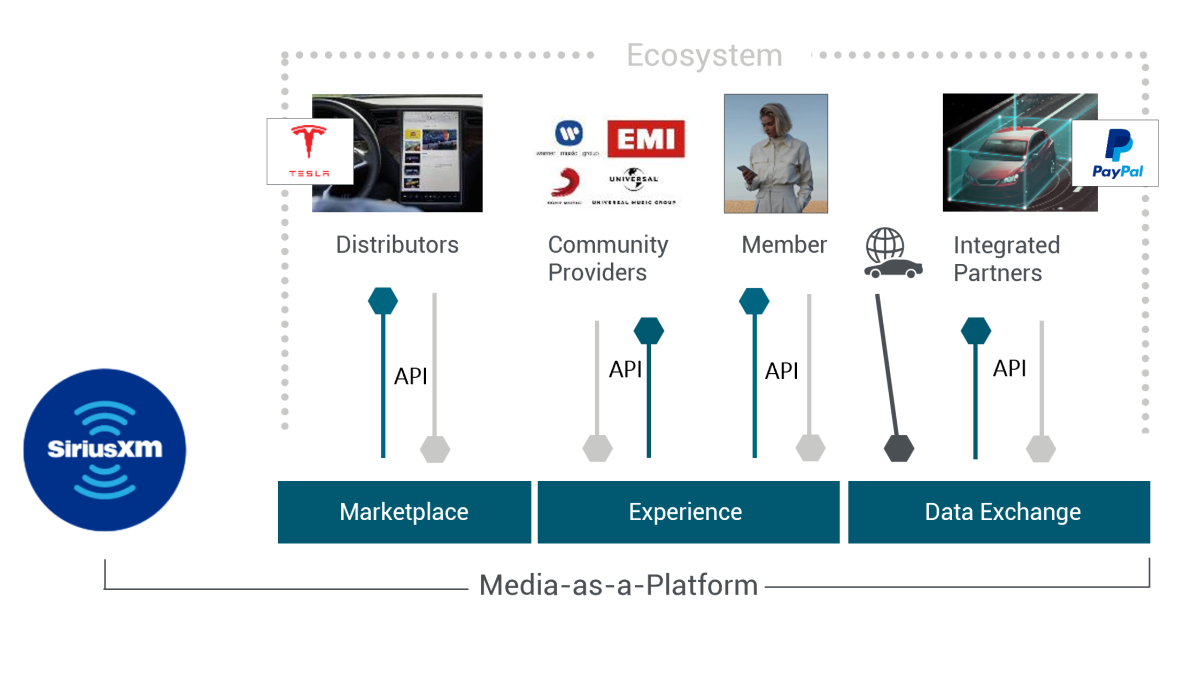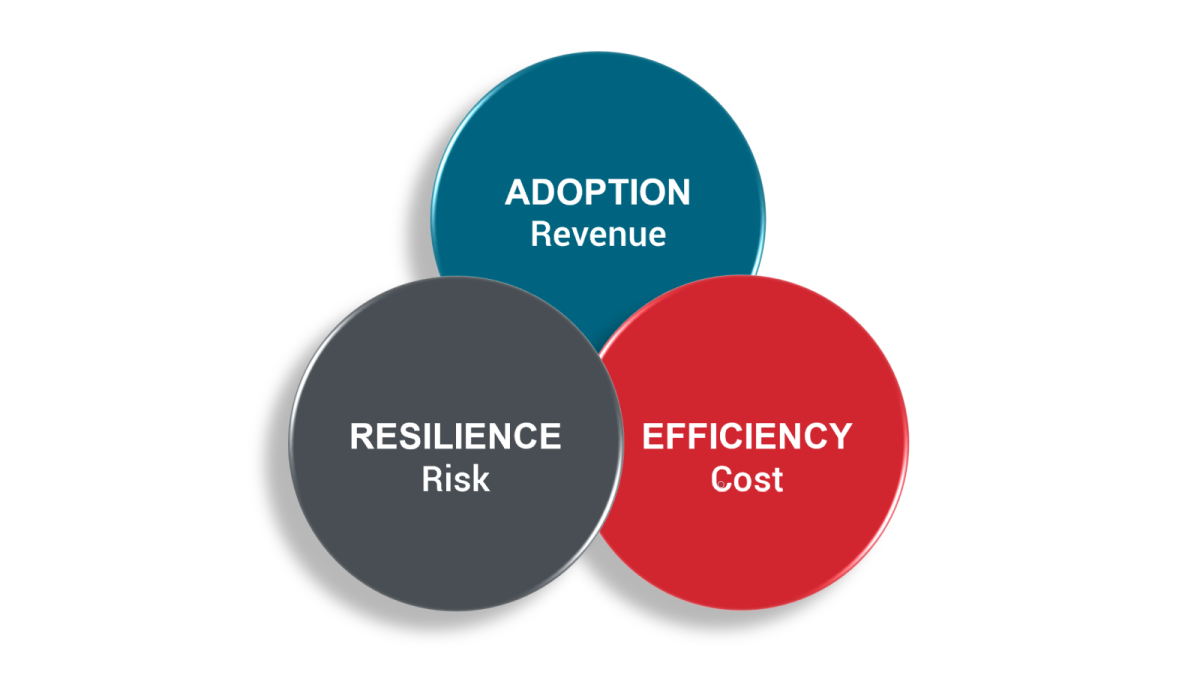This article is Part 1 of a four-part series on the power of API-powered platforms to transform the telecommunications industry. Here, we discuss the game-changing nature of platforms using the automotive industry as an example.
At Axway, we enable enterprises to securely open everything by integrating and moving data across a complex world of new and old technologies. Amplify, our open API management platform, makes APIs easier to discover and reuse across multiple teams, vendors, and cloud environments. Given what we do, we are firm believers in the power of platforms to create brilliant experiences, innovate new services, and reach new markets.
Platforms help respond to growing competition
The platform model of doing business has been a game-changer across every vertical in the last two decades. The automotive and media industries help illustrate this effect, such as with Mobility as a Service — and I’ll share how this is also happening in other verticals like telecoms.
We’re seeing a lot of new competition in the automotive industry, for example, with companies like Google, they are working on Waymo for autonomous cars, and there’s all the data they have from Google Maps (and the acquisition of Wayze), not to mention the company’s investments in Uber.

Google created a platform to monetize everything around the car, the same way they did with news and the press, and now other companies in the automotive industry are creating platforms of their own to be able to compete.
BMW is an excellent example, and we can break this down into four levels of API-enabled business models:
Data Exchange: BMW created a platform called ConnectedDrive. With an app, you can unlock your car or get vehicle status, trip advisories, or traffic alerts. APIs are what enable the IoT in the car to connect to the application. That’s the first model of APIs which is very important, which is the basis for creating a platform.
Experience: What they did next was to enrich the customer experience thanks to partner APIs — and it’s all seamlessly integrated so you don’t realize that you are using services from other companies, like listening to music via Spotify or Deezer.

Marketplace: The next step was to enable the distribution of BMW Services by other car-sharing companies like ShareNow via APIs. That’s the third business model that is possible on a platform with APIs.
Platform: And finally, what you can do next is distribute services from other companies. Apple CarPlay is integrated by BMW via APIs — BMW created a platform for third-party services to enrich its offer. Those are the four models that are facilitated by APIs.
We see this in other industries as well, such as media: Sirius XM, another Axway client, is a United States-based high-quality digital radio that allows you to listen to any radio station in your car.

Data Exchange: Sirius XM Radio is digital: you can subscribe to the service through an app, which is the basis of using APIs.
Experience: You can also pay inside your car through payment APIs. We are going to talk more about payment APIs later, but you can pay through your Sirius XM interface in your car, which is a whole experience and a whole new business model for the company. It’s a radio, yet through this radio, you can buy things in your car.
Marketplace: The third phase is the ability to distribute content from other companies, such as music.
Platform: Finally, Sirius XM can be distributed by a third party, such as Tesla, for example, via APIs.
The next step: monetizing APIs
When we talk about new business models and APIs, the natural question is “what’s in it for me?” Any decision-maker will want their APIs to drive revenue, and that is where we come to monetization.
With APIs, there are two types of monetization:
- Direct monetization, is when you charge the developers of an application each time it uses your API. That’s a minor scheme, though there are only maybe 10 companies that generate a lot of revenue that way, and it represents maybe 5% of API monetization.
- Indirect monetization is where we have the bulk of revenue. The API is going to facilitate one of the four models we’ve just covered, but the payment happens elsewhere.
As we are going to see with other examples, indirect monetization comes from revenue growth, but it also leads to cost savings because companies become more agile. And with the help of APIs, you can create infrastructures where you lower your risk.

Risk reduction means lowering your chances of noncompliance with a law or a standard, and reducing the risk of a security breach or downtime on your platform because of outdated technology. You become more resilient.
This all takes a lot of work for API teams, but it is fundamental because without driving API consumption, you can’t reinvest in the future and grow. You have to think about monetization on day one.
Axway enables all of this with the Amplify API Management platform, thanks to a catalog of APIs where any developer can consume those APIs and help your enterprise monetize them. You also have access to analytics so you can see which APIs are being consumed by which developers or which partner wherever their API is — even if it’s an API in Chile with a gateway from another vendor. Amplify allows businesses to discover and secure all their APIs and endpoints across environments and vendors using a central control plane.
Stay tuned for Part 2 next, where I’ll show how this same transformation came to the Telco industry and illustrate the role of 5G in accelerating this transformation.
Download our Digital transformation survival guide: Unlocking business value with an open platform.


